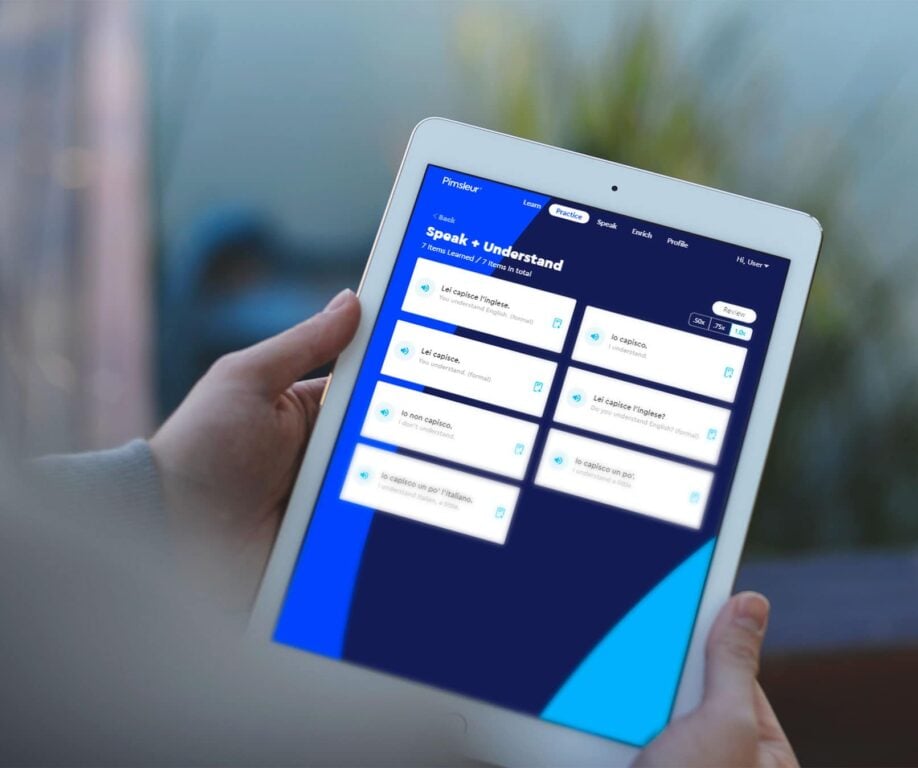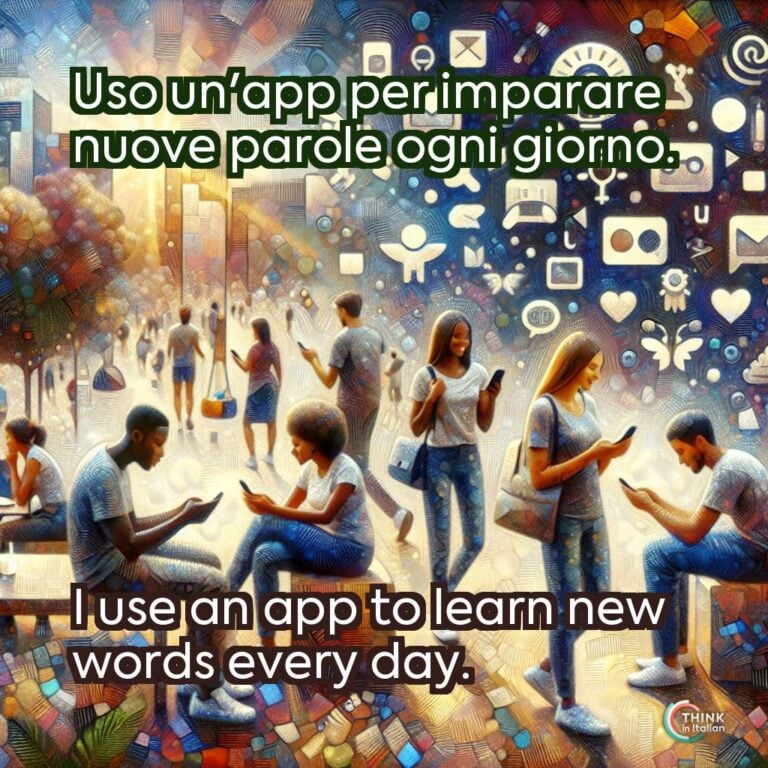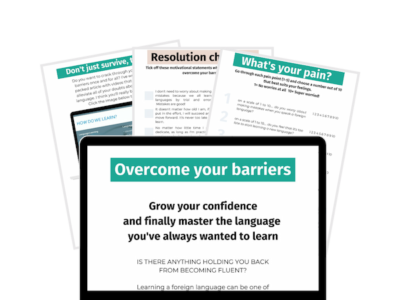What Should I use Language Apps for?
Language apps are an easy and accessible way to approach language learning. They are effective tools to improve language skills, especially for beginners and intermediate learners.
In my experience with language apps, I noticed how handy they are to practice grammar and vocabulary. And guess what? Even research suggests they can contribute to improvements in oral communication skills!
The best language apps have dedicated sections of grammar exercises tailored to different grammar concepts, that will help you understand and apply the rules in context. Moreover, they offer a diverse range of vocabulary topics, making it easy to learn words relevant to your interests.
If you are considering downloading a language app to start learning Italian but you have no idea where to start from, have a look at our language apps reviews and choose the one which suits best to you.
Why Language Apps are Useful for Learning
Language apps are accessible and flexible, allowing learners to incorporate language learning into their daily routines, fitting practice sessions around their schedules. You can access the materials anytime and anywhere, as long as you have a device and internet connection.
The American Council on the Teaching of Foreign Languages (ACTFL) reports that, given this flexibility, 64% of users practice languages during commuting or in short intervals during the day.
This makes language apps particularly appealing to people with busy lifestyles or those who may not have access to traditional classroom settings.
In fact, another reason why they are widely used is that they are perceived as informal learning tools, which creates a non-threatening environment for practice.
Possible Limitations
Lack of Immersion
Language apps do help with learning words and grammar, but to truly master a language, you need more. Imagine diving into the culture, chatting with locals, watching movies, and reading books. That’s immersion – soaking up the language like a sponge!
While apps are beneficial for grammar and vocabulary, they often lack the immersive elements necessary for deep language acquisition, such as cultural context and spontaneous conversations.
The Journal of Second Language Acquisition points out that immersion through real-world interaction, such as talking to native speakers or consuming media in the target language, is critical for achieving fluency.
There are two main ways you can compensate for lack of immersion where human interaction cannot occur: the first one is making use of technology. Take advantage of the AI tutor to converse like a native Italian speaker.
I found the AI tutor to be very useful to practice because it creates potentially real communicative contexts and adjusts the difficulty of your conversation making sure you can converse at your own pace.
The second one is enrolling in courses that mainly focus on speaking, like our Italian audio lessons: this immersive program helps you learn naturally by listening and mimicking, just like when you first learned to speak.

Motivation Issues
While language apps often start with a burst of motivation due to their engaging and interactive interfaces, many users report a decline in motivation over time.
The gamified elements can initially be very motivating for learners, but this can decrease, especially if the app doesn’t offer new challenges. The most common consequence is that learners start skipping days, reduce the time they spend on the app, or abandon the app.
Repetitive Content
The gamified nature of apps often leads to repetitive exercises, which can become monotonous and may not always challenge the learner to progress beyond a certain level.
This might lead to a situation where learners are not sufficiently challenged to move beyond their current level. For example, once you mastered the basic grammar and vocabulary provided by the app, you might find yourself stuck in a loop of repetitive exercises that do not push you towards more advanced language use.
Moreover – and this is the most critical point for me – this repetitive nature might not prepare you for the unpredictable and varied nature of real-life language use, where you need to understand and respond to new and complex situations.
What Science Says about Language Apps
As I mentioned at the beginning of the article, research indicates that language learning apps can effectively support language improvement and learner engagement, particularly for vocabulary learning.
However, most studies look at people who use language apps with their regular language classes, meaning that we don’t get a full picture of how good apps are on their own for learning.
From my personal experience, I would recommend using language apps in combination with language courses and using them to enhance what you learn in classes.
Combining app use and language classes allows you to autonomously put into practice what you structurally learn in class. Evidence shows that language apps are useful tools for language improvement, and not language learning.
Even if they are beneficial for repetitive grammar work and vocabulary practice, their use should be intended as a supplementary tool alongside traditional classroom instruction.
Should I use Language Apps to Learn a New Language?
The answer is straightforward: if you want to approach a new language, download a good and well-reviewed language app!
There is no evidence that studying a language with an app has a negative impact on its learning path, but there is evidence that the combination of language app use and language courses is the best mix for a perfect result.
That’s why Think in Italian provides a 360-degree learning experience with its language courses as well. So, what are you waiting for?






